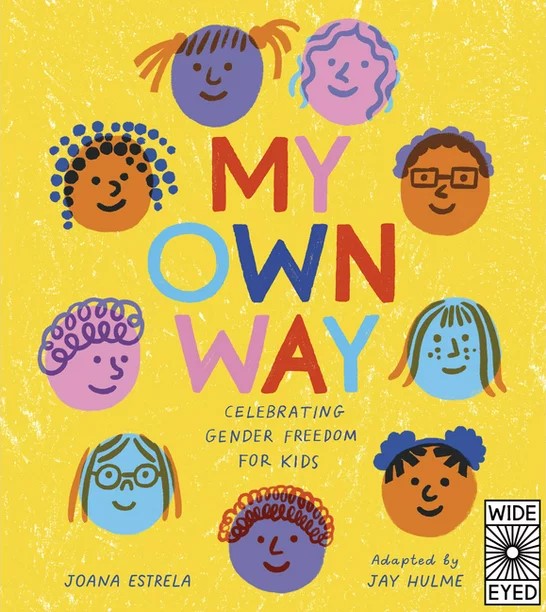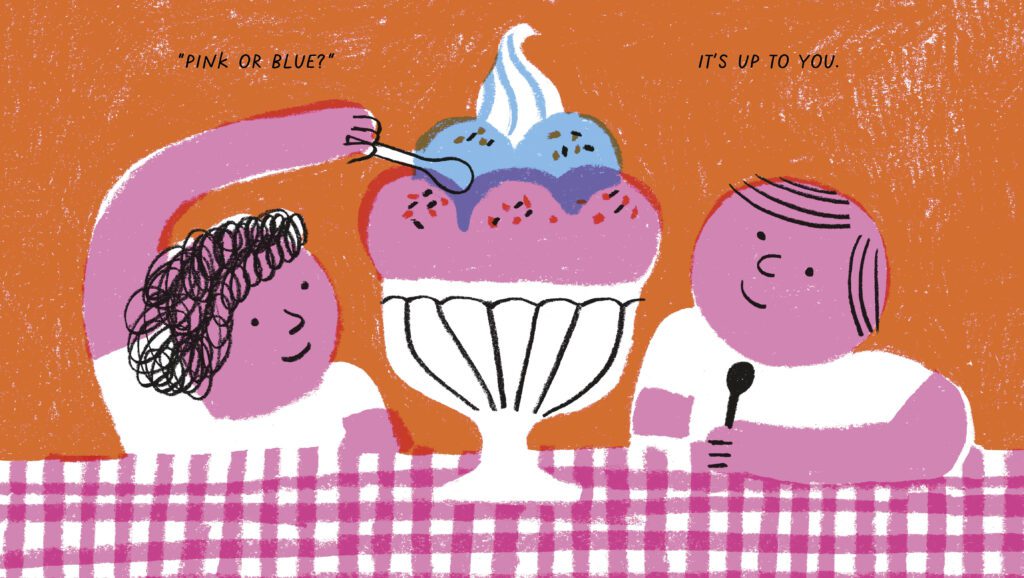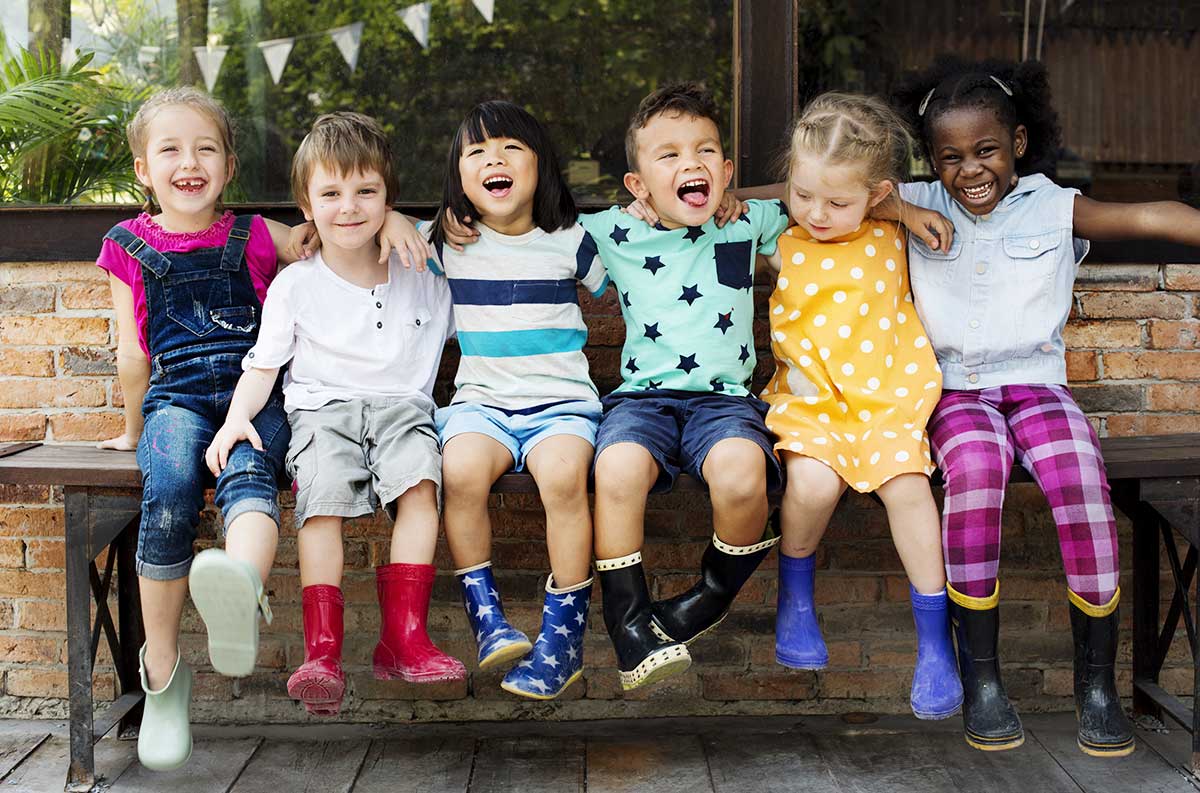
Inclusive Children's Book Teaching Guide
My Own Way: Celebrating Gender Freedom for Kids
What is this book about?
Small children are often asked to choose between a gendered binary—boy or girl, pink or blue. This colorful picture book smashes those stereotypes and encourages readers to follow their own way.
Girl or boy?
What brings you joy?
Pink or blue?
It’s up to you.
With colorful illustrations and rhyming text, My Own Way teaches young children that there are no limits to what they can do and who they can be.
Translated from the original Portuguese by award-winning transgender poet Jay Hulme, My Own Way is an important and timely celebration of identity, diversity and respect.
Who is depicted in this book?
- Children or adults who transcend gender stereotypes
What early childhood themes and concepts does this book explore?
- Self-determination and independence
- Confidently making one’s own choices
- Either/or choices as early examples of binary thinking
How does this book support anti-bias education?
My Own Way can be used to validate nonbinary forms of gender expression, stimulate discussions about gender diversity, and support young children as they explore and express their unique gender identities.
Depending on how the book is shared or used—and the developmental level of the children—the images and text may be used to support the following core goal from the book, Anti-Bias Education for Young Children and Ourselves:
Identity—Teachers will nurture each child’s construction of knowledgeable and confident personal and social identities so that children will demonstrate self-awareness, confidence, family pride, and positive social identities.
How can this book be used to meet early childhood learning standards?
For all ages
Use My Own Way: Celebrating Gender Freedom for Kids to meet early childhood literacy standards >
For children from birth to age three
Teaching suggestion: As you flip through the book, point out body parts and imitate forms of play.
What Illinois Early Learning Guideline does this meet for children from birth to age three?
Developmental DomainSocial-Emotional Development
Standard: Self-ConceptChildren develop identity of self.
Indicators for children:
- Initiates actions with others, e.g., imitates actions, plays peek-a-boo (Birth–9 months)
- Begins to display the beginning of joint attention, such as pointing at objects and people and engaging in parallel play in closer proximity to other children, but no interaction is attempted (Birth–9 months)
- Points to and identifies own body parts (7–18 months)
Teaching suggestions: Introduce questions about the children’s preferences, such as their favorite colors, hairstyles or toys.
What Illinois Early Learning Guideline does this meet for children from birth to age three?
Developmental DomainSocial-Emotional Development
Standard: Self-ConceptChildren develop identity of self.
Indicators for children:
- Demonstrates preferences (21–36 months)
For preschoolers (ages three to five)
Teaching suggestions: Ask the children: "What do the people in the story have in common and how are they different?" State that gender labels do not dictate choices in activities, clothing, etc.
Note: The Illinois early learning standard that corresponds to this activity asks children to distinguish between boys and girls. My Own Way can be used to disrupt this standard by supporting discussions about the many differences between people, the ways people are similar, and the ways they are unique.
What Illinois Early Learning and Development Standards does this meet for preschoolers?
Social Studies Standard18AExplore people, their similarities and their differences.
Benchmark 18.A.ECa:
Recognize similarities and differences in people.
Teaching suggestion: Reinforce the message that gender is what you know yourself to be. To reinforce the concept of gender autonomy as it is shared in the book, support the children as they declare their gender with comments such as: “You get to decide who you are.” Encourage them to be supportive when other children declare their gender identities and suggest language that they can use to express their support, such as: "They get to decide who they are."
What Illinois Early Learning and Development Standards does this meet for preschoolers?
Social Studies Standard18AExplore people, their similarities and their differences.
Benchmark 18.A.ECa:
Recognize similarities and differences in people.
See inside this book.

